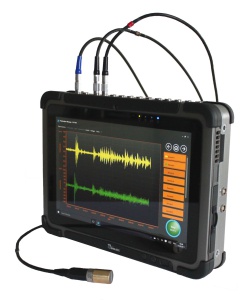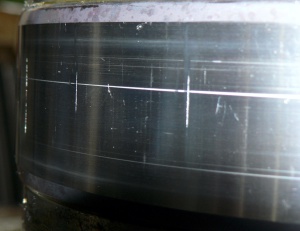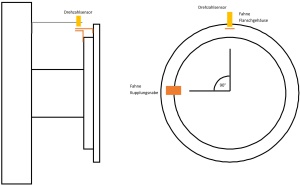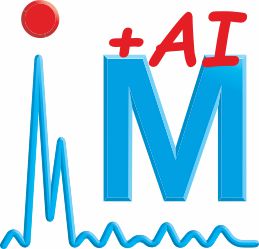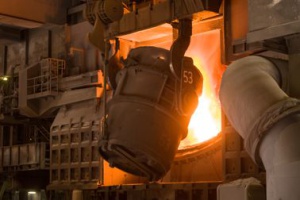-
Entry date 24.07.2025
Condition monitoring at HUSUM WIND 2025

-
Entry date 16.07.2025
Condition monitoring saves system operators a lot of money

-
Entry date 27.01.2025
Drum coupling monitoring - Automatic condition monitoring on cranes

-
Entry date 18.10.2024
Condition Monitoring and Artificial Intelligence

-
Entry date 15.12.2023
Condition monitoring at maintenance Dortmund on February 21st and 22nd, 2024

Monitoring of crane drives
GfM Online has been supplying condition monitoring systems for chassis and hoist drives on cranes for 14 years now. Shortly after the first installation, a roller bearing damage was detected on a crane chassis, which saved the operator from a costly, unplanned downtime. Even if cranes are among the most reliable machines and mechanical damage to these drives is rather rare, it can never be completely avoided in terms of design. Vibration diagnostic methods are suitable for predictively recognizing damage caused by wear and fatigue.
Suitable sensors record the vibrations and the spectra are searched for patterns that are typical of irregularities. This process runs fully automatically in the systems of GfM, as does the consideration of speed variability and discontinuous operation of the drives. The basic way of working has actually not changed in the 14 years. However, there have been further developments to increase the diagnostic reliability.
Installation of the systems is simple, both on new and existing systems. The sensors are screwed or glued on. The sensor cables are routed according to common rules, if necessary, intermediate terminal boxes are used. Finally, a power supply and a network connection are required.
The costs for this convenient condition monitoring system are manageable. Whether the use is actually worthwhile depends on the specific production downtime costs for a potential damage event. Experience has shown that the system pays for itself several times over as soon as the first damage is detected in good time.
GfM offers both online condition monitoring systems that are permanently installed on the drive and monitor the drive for the development of mechanical irregularities without further human intervention, as well as mobile systems with which entire machine parks can be monitored on a recurring basis.
All systems work consistently on the basis of vibration signals recorded at 50 kilohertz, which are processed by resampling into order spectra with at least 32,000 lines. The automatic diagnosis is then carried out by detecting significant spectral components, which are then qualified as a damage feature based on the kinematic frequencies. Only when this succeeds do the systems deliver a detection that is the basis for a later alarm.
We invite you to talk to us in detail about the technical possibilities of our systems. You will find us at the Maintenance Dortmund stand D38-4.
Archive - 2025
-
Modified date 2025/07/24
Condition monitoring at HUSUM WIND 2025
-
Modified date 2025/07/16
Condition monitoring saves system operators a lot of money
-
Modified date 2025/01/27
Drum coupling monitoring - Automatic condition monitoring on cranes
Archive - 2024
-
Modified date 2024/10/18
Condition Monitoring and Artificial Intelligence
Archive - 2023
-
Modified date 2023/12/15
Condition monitoring at maintenance Dortmund on February 21st and 22nd, 2024
-
Modified date 2023/08/22
Condition Monitoring at HUSUM WIND 2023
-
Modified date 2023/06/16
Is condition monitoring even worth it?
